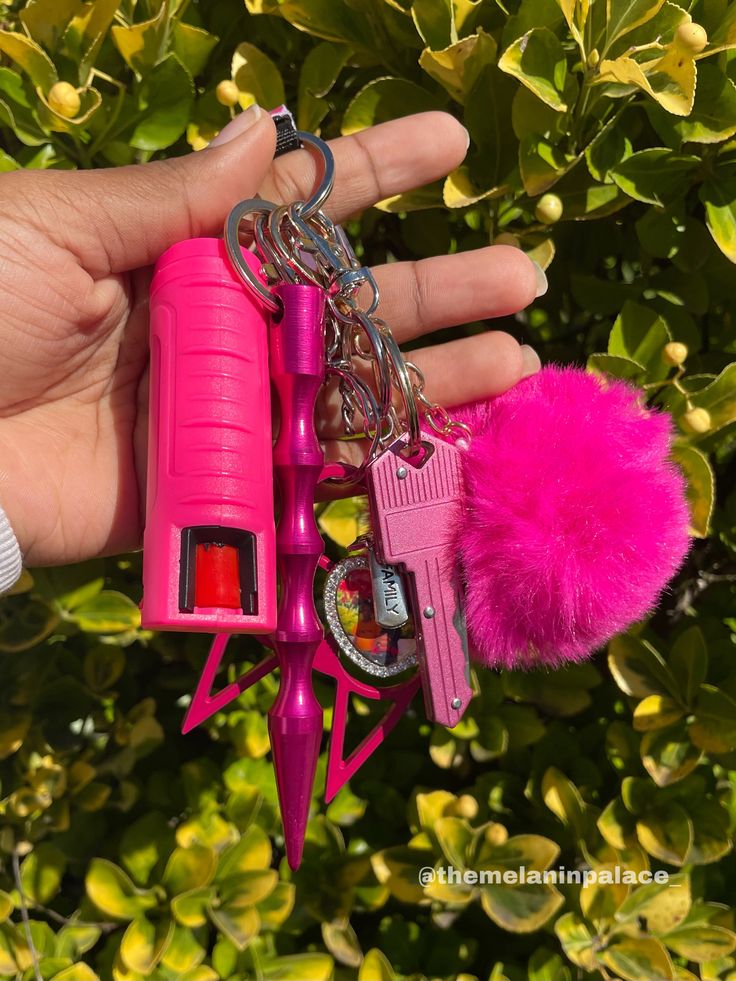
Your fine motor skills are the most important in a fight. For this reason, a knife should have a finger groove and a protective blade guard. This will prevent your hand slipping off of the blade. A knife law must be understood. Visit the AKTI's website for more information.
Can a minor have a knife in his hand?
Yes, minors are allowed to legally carry a knife in public places. Different laws govern knife possession. Minors aged 18 and under can carry a pocketknife provided that they have received written permission from parents. Minors under 12 years of age cannot carry knives without permission from their parents. Anyone caught violating the knife laws will be prosecuted for a misdemeanor and fined up to $500.
Although knife laws are intended to protect minors and make the community safer, knives may not be allowed in every state. This is due to the fact that different authorities interpret laws in different ways. Although minors can legally carry a pocketknife it is illegal to possess a longer blade than two inches.
Consider the characteristics of your knife when choosing a knife
It is essential to carefully consider the details when selecting a new knife. Handle is the most important feature. It should be easy to grip. If the knife feels uncomfortable in your hand, you'll have a difficult time using it. You should also inspect the handle for pressure points.

The knife's toughness is a measure of how durable and sturdy it is. Knife steels come in a variety of hardness levels, usually measured by the Rockwell C scale. Toughness is another important characteristic, which is the ability to withstand impact and sudden load. Toughness can be harder than hardness but it is not as well-defined as hardness. Tougher steels are generally better at preventing damage than soft ones.
Legality of keeping a knife
You may find the laws regarding knives confusing, depending on where you are located. You should always check the rules before you bring your knife. While knives are generally considered safe, having one can result in a criminal record. In many cases, state laws will prevail over local laws.
In many states, knives are prohibited for carrying in the car. Knives are considered weapons in some states, including New York, so it is crucial to research laws in your state before purchasing a knife. You may need a permit depending on the knife you are carrying. You should check the regulations for your state before purchasing a knife.
Self-defense: Knife use
Knives are an excellent tool for self-defense and escape. They can be used to break a lock, slice through thin clothing, and even hunt animals. If used correctly, knives can also be an effective way to scare away attackers. Unlike a gun, knives don't require a perfect draw. Knives are lighter than firearms.
A knife should only be used for self-defense. When using a knife, you should not swing your arm. Be careful if an attacker is near you.

To remove underwater debris, use a knife
Safe and effective way to remove underwater debris is to use a knife. Take a slow, deliberate approach when removing marine debris. It may be partially buried within sediments which makes it more difficult to remove safely. Moreover, some nets may be trapped in coral branches and have to be carefully pulled out. It is crucial not to disturb any living marine creatures while you clean up. A knife can be used to remove underwater debris. This will make diving safer.
While it's important to clean knives often, you should be especially careful to prevent them from transferring bacteria. You should clean your knives after every use. As with any other object, the longer debris sticks to the knife, the harder it is to clean. To remove any debris, you should first rinse the knife under warm water before wiping it. After you have removed all debris, clean the blade.
FAQ
Do you need to be licensed to possess a stungun?
You must prove that you are trained in order to purchase a stungun in certain states.
Some states require that you register your stun gun with police.
Other states require you not to tell law enforcement whenever your move.
What does it cost to sign up for a course in self-defense?
There are many self defence courses. The price of self-defense classes varies depending on where they are held and whether they are taken in person or electronically.
Some schools charge around $50 per month, whereas others charge up to $200.
If you're looking for a cheap option, check out local community centers. These places often offer free self-defense classes.
What does a stun gun do to an attacker?
A stun gun uses electricity for incapacitating someone. It causes muscle contractions which prevent them from moving. They are unable to fight back.
Stun guns are most effective when used in the neck and head areas.
A stun gun can be used in the most common manner: shoot at the body of the victim until they are unconscious.
To scare away attackers, stun gun can also emit high pitched sounds. These stun guns can be called TASERs.
Where can I find a stungun?
There are many places that you can purchase stun gun.
Online stores such as Amazon.com, eBay and Walmart are available.
You can also visit brick-and-mortar stores such as sporting goods stores, hardware stores, etc.
What time does it take for a stun gun to be recharged?
This can vary depending on what type of battery you have.
For example, AAA batteries can take as long as 8 hours to charge, while AA batteries can take just 2 hours.
Statistics
- Boxers aren't allowed to fight in a clinch, which is a position that occurs in 80% of the streetfights. (mmaclan.com)
- Kung Fu alone has 400 unique martial art styles – and whilst you likely won't be able to find a school for each form, many other martial arts are completely different altogether. (budodragon.com)
- Most likely, you'll get tapped out by 90% of the people in your first 3-5 months. (mmaclan.com)
- Most likely, the person will want some kind of boxing match, so if you can out-box them, this would be 100% ideal for survival. (budodragon.com)
External Links
How To
Which type of self-defense should you learn?
Self-defense encompasses many different options. There are many different kinds of self-defense that you can learn. These are the top ones.
-
Boxing - Boxing is an excellent choice for self-defense because it trains you to fight with your hands. People think that only boxers can be female, but they can. There are many methods that women can learn to box, including private lessons or gym memberships.
-
Wrestling: Many people believe wrestling isn't real, but it is. It was once America’s national pastime. Private lessons, gyms and online classes are all available for women who want to learn how to wrestle.
-
Jujitsu – Jujitsu is another popular martial arts that teaches you how defend yourself with your body weight. It is very easy to learn. You will improve your balance and coordination.
-
Kickboxing - Kickboxing, which is similar to Muay Thai's, uses kicks in place of punches. It is a full-contact combat sport without rules, much like Muay Thai. Because it is easy to learn, it's a great choice for beginners.
-
Tae Kwon Do - TKD is a Korean martial art that combines elements of karate, taekwondo, and jujitsu. It is an ideal choice for anyone who wants to learn self-defense without having to worry about hurting their opponent.
-
Mixed Martial Arts - MMA combines several martial arts. It is a combination of Judo and Brazilian Jiu Jitsu as well as Judo, Boxing Wrestling and Wrestling. Because of its effectiveness, it's one among the fastest-growing sports.
-
Karate – Karate is a Japanese martial arts that emphasizes kicking techniques. It has existed for hundreds of centuries and has evolved throughout time. Today there are many different styles of karate, each with its own unique moves and training methods.
-
Knife Fighting. Knives are great for protecting yourself. To stab someone, you don’t have to approach them. Just know how you can use a knife defensively.
-
Pepper Spray - Pepper Spray is a non-lethal weapon which can be used to escape an attack or stop it from starting. However, pepper spray should not be used on attackers because they may get burned.
-
Firearms – The last line defense against an attacker is to fire on them. This is often done by law enforcement officers and trained civilians.
-
Self-Defense Classes – A self defense class can be a great way for you to learn all these skills at once. They often cover everything from grappling, to shooting.
-
Combative Sports: Another great option is to take part in combative activities like kickboxing, mixed martial arts, and even amateur wrestling. These sports require practice and discipline, and they teach you how protect yourself.
-
Martial Arts Schools-If you are serious about learning martial arts, then you should enroll in a school that teaches it. Some schools also offer weapons classes.
-
Online Courses: There are many free resources you can access. 15) Books - Finally, some books may be helpful. Alan Peppard's "The Complete Idiot's Guides To Self Protection" book covers all of the mentioned topics.
-
Be Content with What You Already Know - Before you attempt to learn anything new, you should first be familiar with what you already know. You'll be able to avoid making mistakes which could lead to your financial ruin.
I think I might give self-defense a try. I have always wanted learn to fight but was not interested in doing it. But now that I'm getting older, I might as well start taking care of myself more instead of relying on others.
I've decided to start off slow and see where things go from there. I have been thinking about joining a local gym so that I can start lifting weights. I'm still contemplating whether I should get one.